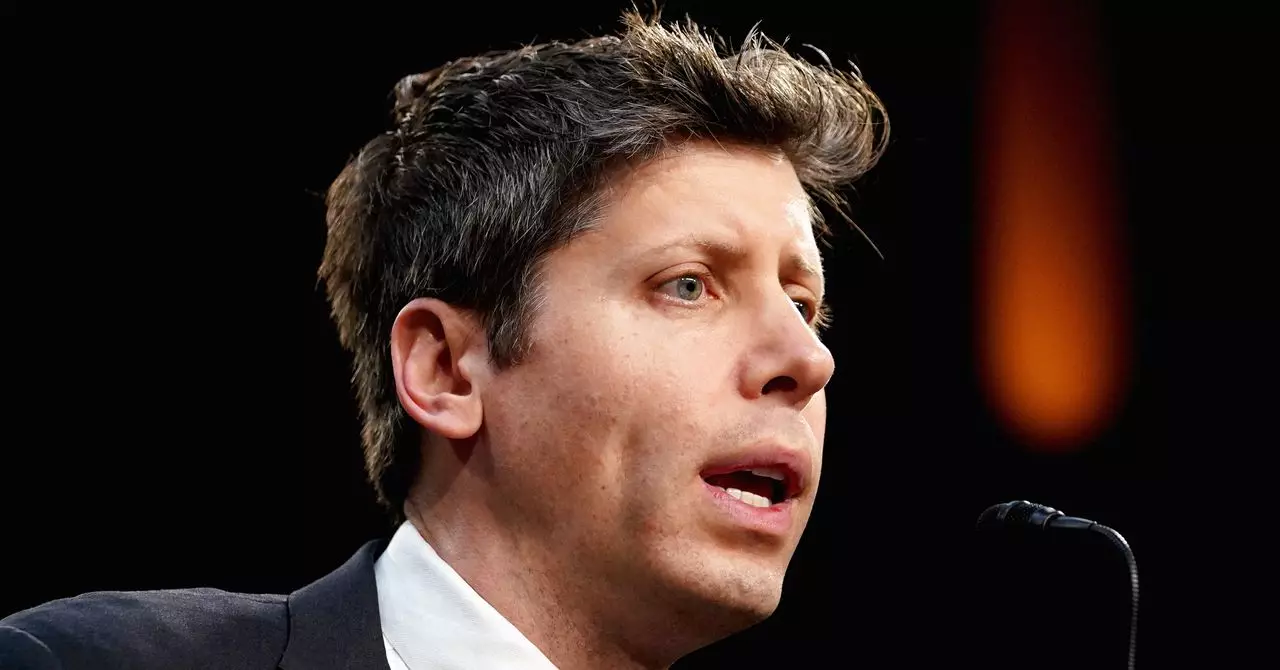In the rapidly evolving world of artificial intelligence, a seemingly minor contract detail has sparked major upheaval between two tech giants: OpenAI and Microsoft. At the heart of this discord lies a specific clause within their multi-billion dollar partnership that governs how the much-anticipated milestone of artificial general intelligence (AGI) will impact Microsoft’s rights to OpenAI’s technology. This clause, initially viewed as a distant hypothetical safeguard, has morphed into a strategic fulcrum—exposing the fragility and competing interests embedded within the alliance.
Decoding the Clause: What’s at Stake?
The clause states that if OpenAI’s board officially declares the company has achieved AGI—defined by OpenAI as a highly autonomous system surpassing human capability in economically valuable work—Microsoft’s contractual access to any post-AGI technology would be severely restricted. This creates an unusual paradox in a partnership where Microsoft has poured in over $13 billion but may face cutoffs precisely when the most transformative technology emerges.
Microsoft’s reaction has been a pressing one: reports reveal that the tech conglomerate is pushing hard to remove this clause or at least renegotiate terms, even considering abandoning the deal entirely. From Microsoft’s standpoint, losing a front-row seat to AGI would counteract the massive investment and strategic value it hopes to derive from OpenAI’s advances. The situation illuminates the tension between fostering innovation and protecting commercial interests—a common but rarely so publicly palpable dilemma.
The Complexity of Defining AGI
One might assume that reaching an agreement on AGI’s definition would be straightforward, but here the waters are murkier. OpenAI’s internal research, particularly a leaked paper dubbed “Five Levels of General AI Capabilities,” complicates matters further. The paper attempts to categorize incremental stages of AI progress, potentially impacting how and when OpenAI might declare having reached true AGI.
OpenAI’s spokesperson has downplayed this paper as a non-scientific, preliminary effort, signaling the difficulty of pinning down the precise moment when AI crosses the threshold into “general intelligence.” The ambiguity over definitions is part of what makes the contract clause both powerful and problematic. Microsoft fears the startup might unilaterally assert AGI status to limit Microsoft’s access, while OpenAI views the clause as essential leverage to preserve its competitive edge.
A Strategic Battle Over Control and Future Profits
Digging deeper, it’s clear that the clause isn’t just about technology access—it’s about control over future revenue streams tied to AGI capabilities. One notable addition in the 2023 contract modifications introduced a concept of “sufficient AGI,” where AGI is not simply a technological threshold but also a profit benchmark. If OpenAI claims it has reached this profit level from AGI, Microsoft gains a veto power over that determination. This nuanced mechanism reveals a layered negotiation, reflecting both companies’ insecurities and strategic calculations.
Furthermore, the contract explicitly prohibits Microsoft from independently pursuing AGI development using OpenAI’s intellectual property. This restriction ensures OpenAI retains a near-monopoly over AGI outcomes derived from its innovations—reinforcing the idea that despite heavy investment, Microsoft’s influence is bounded once AGI arrives.
Internal Struggles and Public Posturing
The clashes over this clause have reportedly sown internal dissension within OpenAI, including heated debates about how transparent to be with the public regarding progress on AGI and the nature of the technology itself. Given the explosive potential of AGI, it’s unsurprising that both firms are engaged in discreet maneuvering to protect their interests, sometimes at each other’s expense.
Rumblings that OpenAI might accuse Microsoft of anticompetitive behavior highlight the fraught dynamics underpinning this partnership. This is not merely a disagreement over contract terms but a larger power struggle as both entities jockey for market dominance in a field expected to reshape society.
Implications in the Broader AI Ecosystem
This power tussle reveals much about the current AI landscape. On the surface, Microsoft and OpenAI appear as collaborators pushing forward transformative breakthroughs. Yet beneath, maxims of partnership coexist uneasily with self-preservation instincts. The very concept of AGI—long relegated to theory—now imposes tangible stakes on business relationships and governance structures.
The scenario also challenges conventional assumptions about tech partnerships. Investment alone no longer guarantees preferential access, particularly when “game-changing” technology is involved. Control over definitions, timing, and interpretations becomes equally crucial.
More broadly, the OpenAI-Microsoft saga demonstrates the growing pains of an emerging technology outstripping established legal, commercial, and ethical frameworks. As AGI develops from speculative fiction into palpable reality, agreements must evolve dynamically to manage uncertainty. The unfolding drama between these two titans could set precedents for future AI collaborations and competitions alike.

